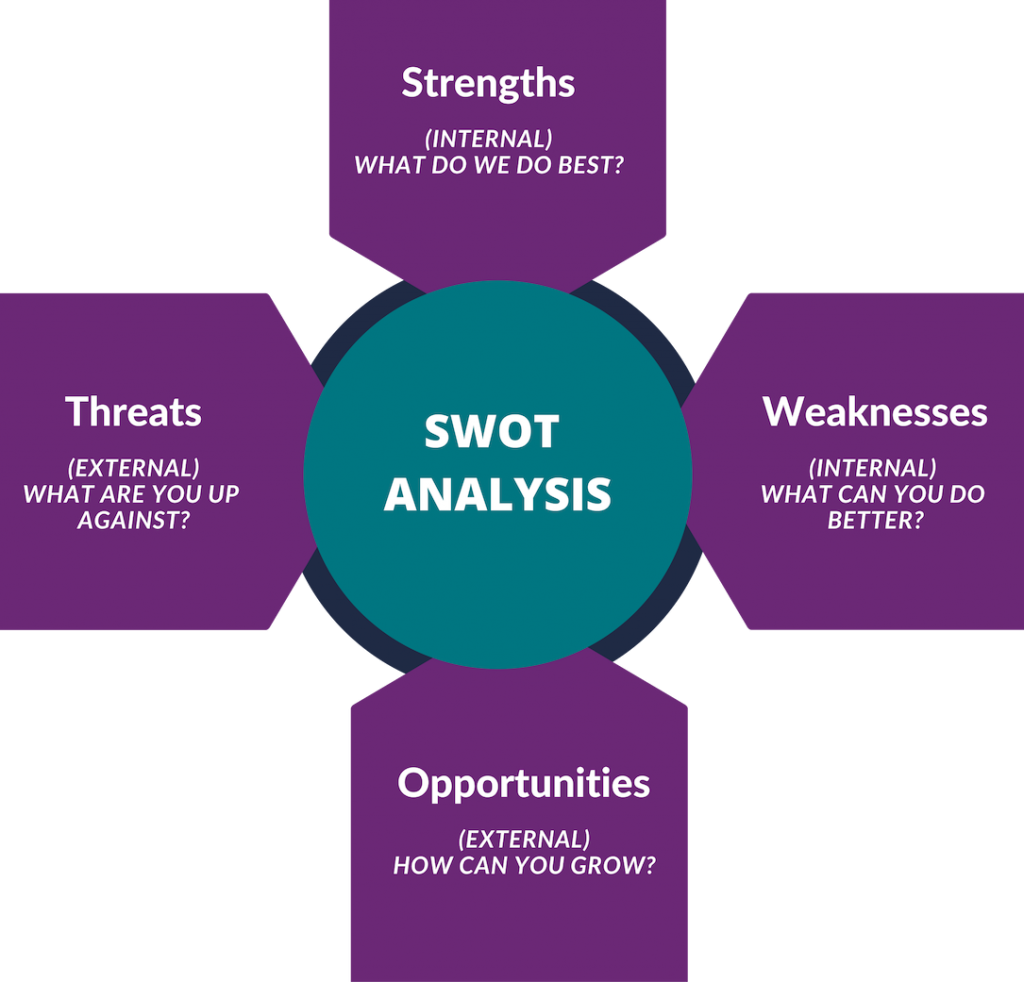TOURISM BLOG / PLAN FOR SUCCESS
PLAN FOR SUCCESS
By Tania Shirgwin – Owner & Digital Marketer, Decant Digital
A successful marketing plan is an essential and powerful business tool.
Not only does it focus on the why, how, when, where, who and what of your marketing, but also outlines the specific, measurable steps you need to take to achieve your goals.
AND, it will give your tourism business the power to:
- Plan for success and business growth;
- Meet and exceed industry benchmark;
- Uncover gaps, opportunities and trends;
- Keep your mission at the core of all activities;
- Focus your resources and inspire your staff;
- Create content and track, test, and tweak the ROI (return on investment);
- Measure the effectiveness of each marketing campaign;
- Reach more of your target audience;
- Boost your customer base;
- And ultimately, increase sales.
Sadly, many small tourism businesses settle for the less than inspiring goal – “sell more this year than last year so we don’t go broke”.
The reasoning behind this attitude is most likely because they don’t know where to start with a marketing plan or know how powerful a business tool it really is.
To help your business plan for successs, we suggest working your way through these ten simple, yet highly effective steps below.
Within a short-time you will have created your 2020 Tourism Marketing Plan.
Step 1 – Reflect on the Previous Year
According to Harvard Business School, reflecting on what we’ve done teaches us to do it more effectively the next time around.
Conduct a marketing review of what worked, what did not, what could be improved and what scope you have for new initiatives. You’ll most likely be amazed at how much you did accomplish in 2019!
Also, use your history to work out your numbers – month on month income, room occupancy, new vs returning – whatever figures are important to your unique tourism business. These figures will become a driving factor in what defines the success of your marketing in 2020.
TIP:
Use this review to create in-house benchmark figures for crucial elements such as customer attraction, satisfaction and loyalty – whatever results you’d like to exceed.
Step 2 – Research Your Industry
Researching the current market trends and actual figures in tourism helps gauge the climate in which you are doing business.
By reviewing your industry trends, competitor successes and failures you can avoid repeating any mistakes made and capitalise on any successful initiatives.
You can also benchmark your unique tourism offering against industry standards to provide another measurement for success.
TIP:
To gain this type of information you may need to undertake the research yourself. However, first stop is your regional Visitor Information Centre, as well as local and state Tourism Industry Associations.
Step 3 – Analyse Your Competitors
With the advent of technology and the online world, small tourism operators can know more about their competition than ever before.
A competitive analysis covers the strengths and weaknesses of your competition.
By performing a thorough competitor analysis, you will be able to:
- Identify gaps in the market
- Develop new products and services
- Uncover further market trends
- Market and sell more effectively
Keep in mind, there are two types of competitors you may be facing.
1. Direct competitors are businesses that offer a product or service that could pass as a similar substitute for yours, and that operate in close proximity.
2. Indirect competitors provide products that are not the same as yours, but could satisfy the same customer need or solve the same problem.
TIP:
These are some common questions to ask yourself when undertaking a marketing competitor analysis:
- Who are your competitors – direct and indirect?
- What is their product or service offering?
- How much market share do they have?
- What were their past marketing strategies?
- Are they using the same strategies now?
- How aggressive are they on the advertising front?
- How competitive are they?
- Are their strengths and weaknesses the same as yours?
- How big of a threat are they to you?
- How do their strategies affect your business?
Step 4 – Write Your Mission Statement
While so often overlooked, your mission statement is crucial as it shapes the culture of your individual business.
It is what you do/the core of the business and from it comes the goals and finally, what it takes to reach those goals.
It drives the business by conveying your reason for being to your staff, stakeholders and guests.
Every piece of content you create should be rooted in your mission statement, from the tone of voice to the call-to-action.
Mission statement questions look like:
- What do we do?
- Whom do we serve?
- How do we serve them?
Examples from the tourism industry
TripAdvisor
“To help people around the world plan and have the perfect trip.”
Virgin Atlantic Airways
“To embrace the human spirit and let it fly.”
Tourism Australia
“To make Australia the most desirable destination on earth.”
TIP:
Your marketing and content strategy should support your business mission statement — think of it as the HOW of what you do.
This helps you stay on track, true to your brand and true to your goals.
Step 5 – Undertake a SWOT Analysis
A SWOT analysis refers to strengths, weaknesses, opportunities and threats and is a simple yet powerful planning tool.
It is one of the easiest ways to learn more about your business and where it sits in the external and internal environment.
SWOT divides an overall environmental analysis into two components: internal issues (strengths and weaknesses) and external issues (opportunities and threats).

TIP:
This level of analysis enables a tourism business to determine whether there are factors present that will aid in the achievement of specific marketing objective (due to an existing strength or opportunity) or if there are obstacles that must be overcome before the desired outcome can be realised (due to weaknesses or threats).
Step 6 – Determine Your Ideal Target Audience
An essential element in your plan for success is knowing who you want your marketing campaigns to connect with.
You don’t just want anyone and everyone – you want to create a very clear picture of who your ideal customers are.
They’re the ones your marketing messages will hit home with, who love and appreciate what you offer and will happily pay the price you charge.
You may have several audiences, but the clearer you become, the easier it is to:
- Understand their why for choosing your tourism business
- Shape your product and service offering
- Set your price points
- Align the efforts of your management, marketing, sales and customer service teams
- Know what types of marketing campaigns will be most attractive
- Understand and easily hone in on particular benefits and features in your marketing
- Create key messages and content that truly resonates and connects with your ideal audience
TIP:
Start by creating an ideal customer avatar for your tourism business offerings. This will enable you to relate on a personal level to your target audience and will set the tone, content and marketing strategies. A great place to start is by using The HubSpot Ideal Customer Avatar (Free Tool).
Step 7 – Define Your 4Ps
Your marketing mix is the combination of factors your small tourism business can control to promote your brand, attract and influence customers to purchase your product.
The 4Ps are a central part of your marketing plan and are made up of:
- product
- price
- place
- promotion
The easiest way to define your 4Ps is to ask yourself a series of questions relating to each element.
Product
- What does your customer want from your product or service? Does it satisfy a specific need?
- How and where will your customer use your product?
- What features and benefits does your product have?
- How is your product different from the offerings of your competitors?
- What does your product look like in terms of colour, shape and size?
- What is the name of your product?
- How will you brand your product?
Price
- What is the customer’s perceived value of your product?
- Are there established price points for the product or service you offer?
- How will a small increase or decrease in price affect bookings and sales?
- Are your customers price sensitive?
- Can you undercut your competition without hurting your bottom line?
- What discounts can you offer?
- Can you offer extra value that will allow you to charge more for the product?
Place
- Where do people look for products such as yours?
- Who offers products similar to yours?
- What distribution channels do you need and how can you access them?
- Do you need a sales force or intermediaries to help you sell?
- Where are your competitors selling their products?
Promotion
- Can you reach your customers through traditional advertising channels such as TV, radio, press or outdoor advertising?
- How can you promote your business to consumers online and using social media?
- Are there certain times of the year when your customers are more likely to buy?
- How do your competitors promote their products?
- What ideas of your competitors can you use?
- How can you promote your products differently than your competitors?
TIP:
You can use the above questions to help you plan for success by defining your 4Ps. Your answers in turn will help you determine which direction to take in terms of marketing strategy and tactics.
Step 8 – Set your SMART Goals
Your marketing goals need to be tied in to your overall business goals.
Examples might include:
- Increase brand advocacy and awareness – growing the number of people that know about your tourism business.
- Enhance market penetration – selling more to existing customers.
- Increase lead acquisition – capturing details so you can remarket.
- Market development – selling to new target markets.
However, you need to then go one step further and turn them into tourism SMART goals.
These are:
- Specific
- Measurable
- Achievable
- Relevant
- Time-bound
“If it can’t be measured it can’t be managed” – Peter Ducker
By having clear and manageable goals, you can more effectively direct your resources and most importantly, you can measure the success of your marketing strategy.
TIP:
What is so wonderful about the digital age is that your online marketing efforts can now be measured so it is easy to create SMART goals. Examples include – Increase website traffic by 30% by the end of 30 June 2019. Increase email subscribers each month by 100.
Step 9 – Outline Your Strategies & Tactics
Now that your SMART goals for your tourism business are set, you can then create the strategies and tactics you will use to reach these goals.
Put simply, the strategy is HOW you will achieve your goal and the tactic is the WHAT.
This forms the actionable steps of your plan for success and the timing to put them into place.
Your strategies could be achieved by using any or all of the following:
- Printed marketing collateral
- Signage
- Online & digital marketing
- Social media
- Websites
- Pay-per-click (PPC) advertising
- Traditional media (press, radio, TV, outdoor)
- Trade shows and events
- Public relations
- Email marketing
- Referral campaigns & word of mouth
- Lead generation
You may find it easiest to list your tourism SMART goals and then make bullet points of what strategies can support each goal, as well as what target audience you’ll reach.
From this, you can then expand into each tactic and explain the actions needed – for example this could include your social media calendar or your content marketing plan.
Let’s take the first SMART goal in Step 8 – to achieve this you may need to create regular content and post on social media. You may also wish to create a PPC campaign.
TIP:
When creating your action plan for executing your strategies and tactics, make sure you include what metrics you will use to measure your success! If you don’t analyse your campaigns, you’re wasting your precious dollars.
Step 10 – Set Your Budget
In your business plan, you detailed the entire financial side of your business.
But in your marketing plan, stay focused strictly on marketing related activities.
How much do you plan to spend on marketing and promotion throughout the next year, and how much will the action items you listed above cost you?
And where will this money come from?
TIP:
Make sure that you are realistic about what tactics you can employ in the coming year – keeping in mind what internal and external resources you have available.
It is one thing to clearly identify your target market, objectives, strategies and action plan – but you need to ensure you can pay for the resources to get it done!
Step 11 – Get to It!
Once you’ve worked your way through these steps, your successful tourism marketing plan will include the following elements:
- Executive Summary (write this last)
- Mission Statement
- Industry & Competitor Review
- SWOT Analysis
- Target Audience
- Marketing Mix
- Objectives & SMART goals
- Strategies & Action Plan
- Budget
- Evaluation & measurement
Of course, now you have a marketing plan, don’t let it sit in a draw and gather dust. Put it into action and review it monthly and quarterly.
If a strategy is not working, review and refine it.
And remember, if you don’t have a plan for success – all roads lead there!
To learn more about how you can plan for success, visit Decant Digital – a proud member of TiCSA.

